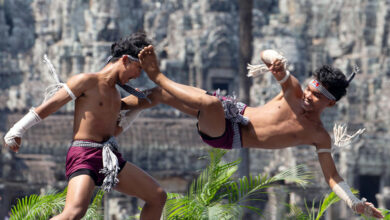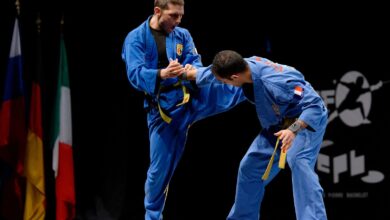Martial Arts: Boxing is a sport that has produced some of the most legendary athletes in history—fighters whose names transcend the ring and become symbols of resilience, power, and skill. From the early pioneers of the sport to modern-day champions, these fighters have left an indelible mark on boxing, shaping its evolution and inspiring generations of athletes.
Here’s a look at some of the greatest boxers of all time, based on their achievements, dominance, and impact on the sport.
1. Muhammad Ali – “The Greatest”
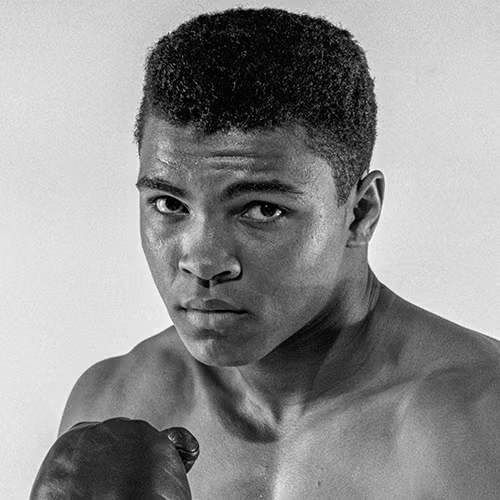
- Record: 56-5 (37 KOs)
- Weight Class: Heavyweight
- Notable Fights: vs. Joe Frazier (Trilogy), vs. George Foreman (Rumble in the Jungle), vs. Sonny Liston
Muhammad Ali is widely regarded as the greatest boxer of all time. His combination of speed, footwork, and charisma made him a global icon. Ali’s legendary fights, including his trilogy against Joe Frazier and the “Rumble in the Jungle” against George Foreman, showcased his tactical brilliance and unbreakable will. Beyond the ring, his activism and larger-than-life personality cemented his legacy as a cultural icon.
2. Sugar Ray Robinson – The Blueprint for Greatness

- Record: 174-19-6-2 (109 KOs)
- Weight Classes: Welterweight, Middleweight
- Notable Fights: vs. Jake LaMotta (Six-Fight Rivalry), vs. Gene Fullmer
Sugar Ray Robinson is often cited as the most naturally gifted boxer in history. His record, spanning multiple decades and weight classes, is a testament to his incredible skill and longevity. Robinson’s fluid combinations, knockout power, and defensive mastery set the standard for future greats, earning him the reputation as the “pound-for-pound” best of all time.
3. Mike Tyson – The Baddest Man on the Planet

- Record: 50-6 (44 KOs)
- Weight Class: Heavyweight
- Notable Fights: vs. Trevor Berbick (Youngest Heavyweight Champion), vs. Evander Holyfield
Few fighters have ever been as feared as Mike Tyson in his prime. With explosive power, relentless aggression, and devastating speed, Tyson became the youngest heavyweight champion in history at just 20 years old. His early reign saw him demolish opponents in record time, making him one of the most exciting and controversial figures in boxing history.
4. Floyd Mayweather Jr. – The Defensive Genius

- Record: 50-0 (27 KOs)
- Weight Classes: Super Featherweight to Light Middleweight
- Notable Fights: vs. Manny Pacquiao, vs. Oscar De La Hoya, vs. Canelo Álvarez
Floyd Mayweather Jr. is the embodiment of technical perfection in boxing. His defensive mastery, counterpunching precision, and ring IQ made him nearly untouchable throughout his career. Retiring with an undefeated record, Mayweather’s dominance across five weight divisions solidified him as one of the most accomplished fighters ever.
5. Joe Louis – The Brown Bomber
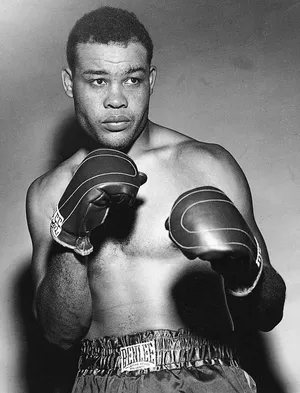
- Record: 66-3 (52 KOs)
- Weight Class: Heavyweight
- Notable Fights: vs. Max Schmeling (Rematch), vs. Billy Conn
Joe Louis reigned as heavyweight champion for an astonishing 12 years, defending his title a record 25 times. His power, technique, and composure in the ring made him a national hero, particularly during World War II, when his rematch victory over Max Schmeling became a symbol of American resilience.
6. Manny Pacquiao – The People’s Champion

- Record: 62-8-2 (39 KOs)
- Weight Classes: Flyweight to Welterweight
- Notable Fights: vs. Juan Manuel Márquez (Quadrilogy), vs. Floyd Mayweather, vs. Miguel Cotto
Manny Pacquiao is the only boxer in history to win world titles in eight different weight divisions. His speed, relentless attack, and adaptability made him a nightmare for opponents. Beyond his boxing career, Pacquiao’s work in politics and philanthropy has cemented his status as a beloved global figure.
7. Rocky Marciano – The Undefeated Champion
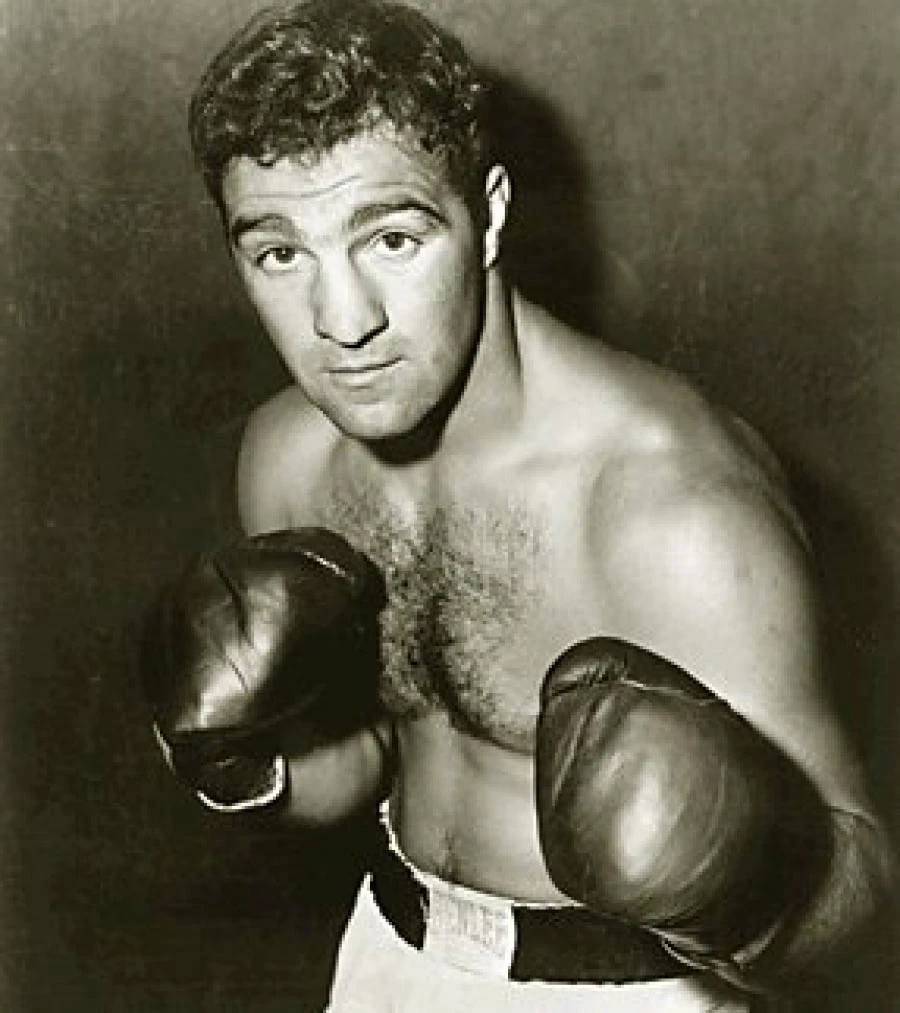
- Record: 49-0 (43 KOs)
- Weight Class: Heavyweight
- Notable Fights: vs. Joe Walcott, vs. Ezzard Charles
Rocky Marciano remains the only heavyweight champion to retire undefeated. Known for his relentless pressure, powerful right hand, and incredible stamina, Marciano dominated the heavyweight division in the 1950s. His undefeated record continues to stand as one of boxing’s greatest achievements.
8. Roberto Durán – Hands of Stone

- Record: 103-16 (70 KOs)
- Weight Classes: Lightweight to Middleweight
- Notable Fights: vs. Sugar Ray Leonard, vs. Thomas Hearns
Roberto Durán was one of the toughest and most aggressive fighters ever. His nickname, “Hands of Stone,” was a testament to his punching power. Durán’s ability to brawl, counter, and outthink opponents made him a dominant force for over three decades.
9. Henry Armstrong – Triple Crown Champion
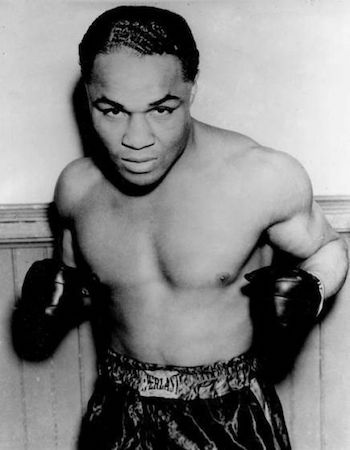
- Record: 151-21-9 (101 KOs)
- Weight Classes: Featherweight, Lightweight, Welterweight
- Notable Fights: vs. Barney Ross, vs. Lou Ambers
Henry Armstrong achieved an unprecedented feat by holding world titles in three weight divisions simultaneously. His relentless pressure, stamina, and volume punching made him one of the most exciting fighters in history.
10. Julio César Chávez – Mexican Warrior

- Record: 107-6-2 (85 KOs)
- Weight Classes: Super Featherweight to Light Welterweight
- Notable Fights: vs. Meldrick Taylor, vs. Hector Camacho
Julio César Chávez was the face of Mexican boxing, with an incredible career spanning over two decades. His relentless aggression, granite chin, and devastating body punches made him one of the most respected and beloved fighters in boxing history.
The Legacy of Boxing’s Greatest
Boxing has produced countless legends, each leaving their unique mark on the sport. While debates over the “greatest of all time” will continue, the fighters on this list have defined eras, inspired millions, and pushed the boundaries of what’s possible in the ring. Their legacies serve as a reminder of boxing’s enduring appeal—the triumph of skill, strategy, and heart over adversity.
Who do you think is the greatest boxer of all time?

